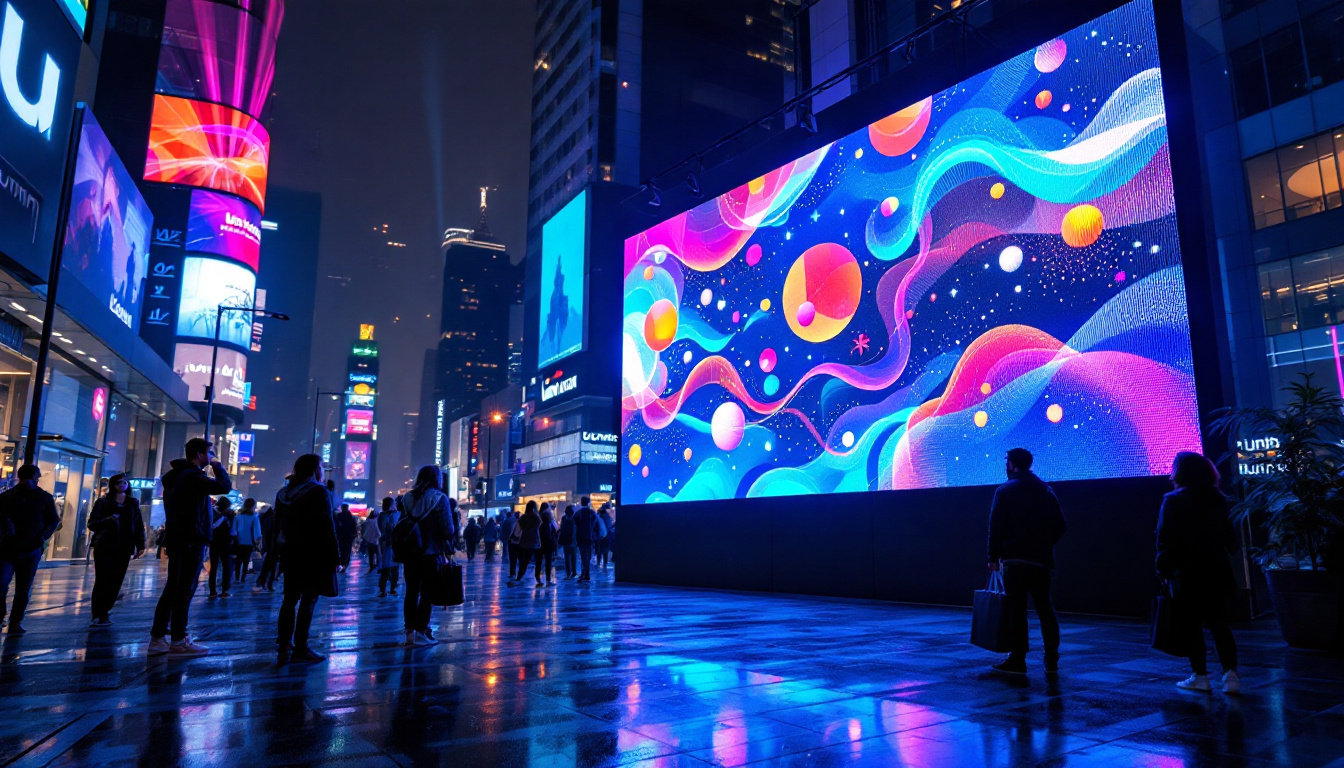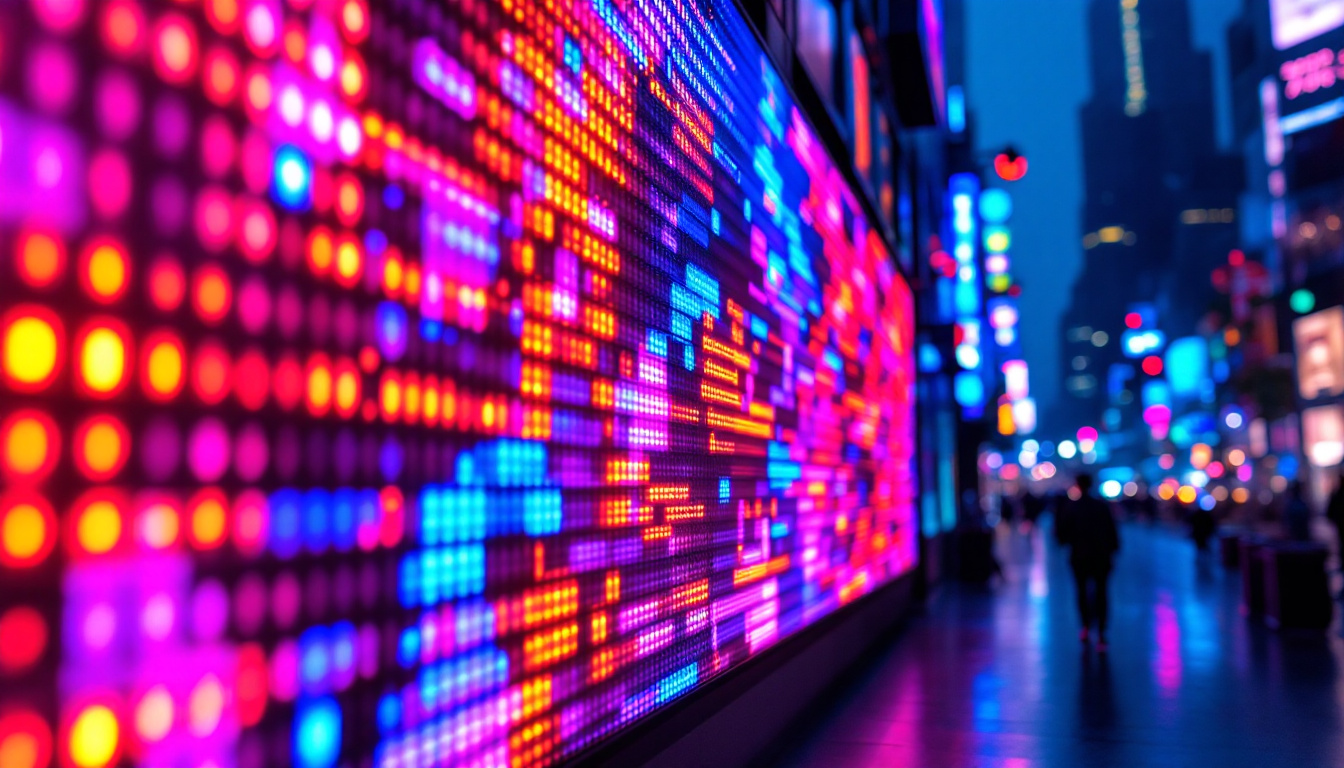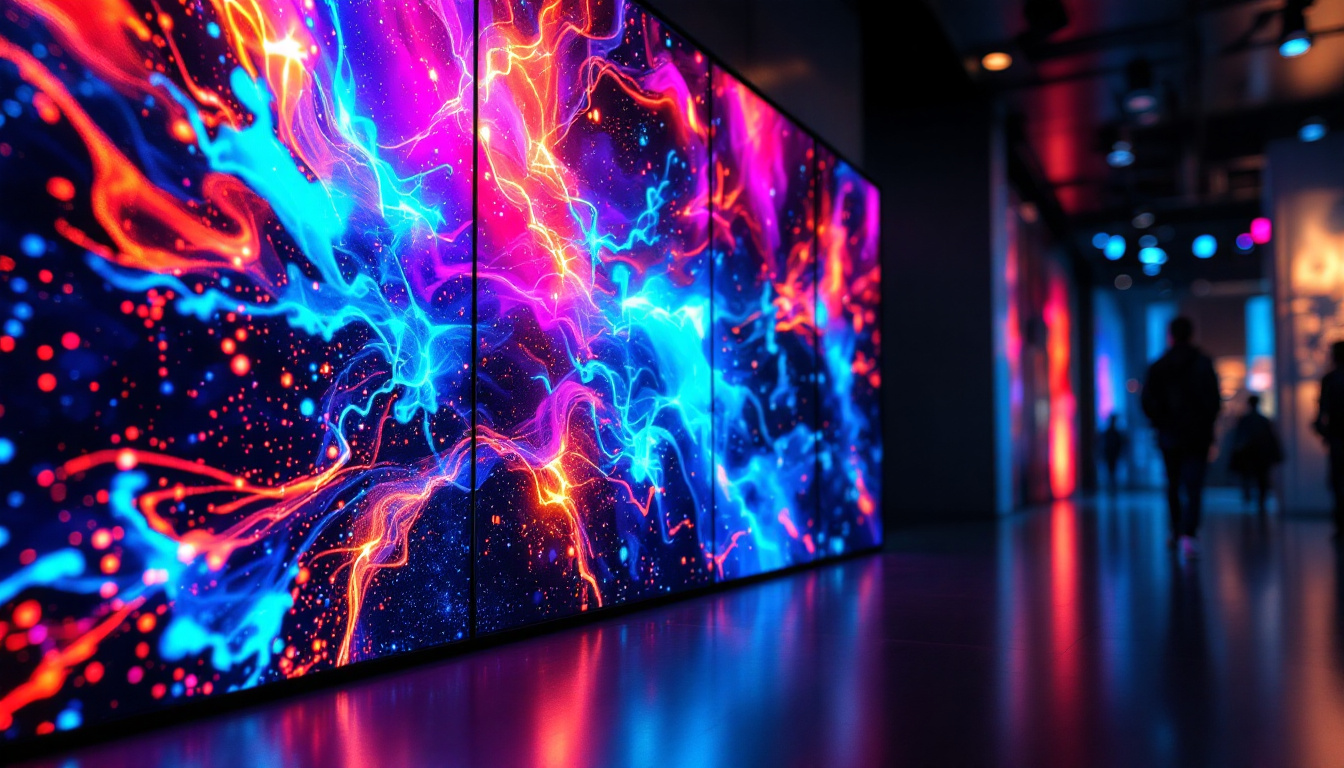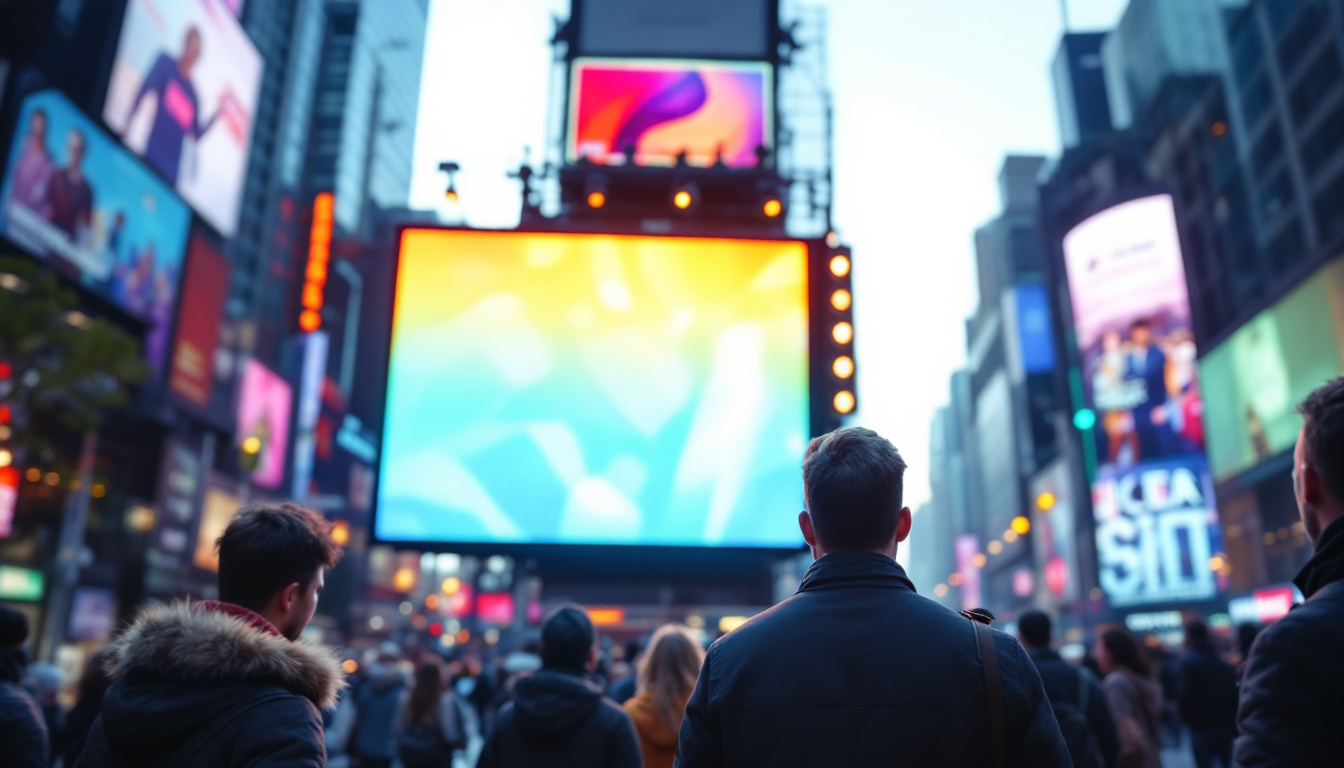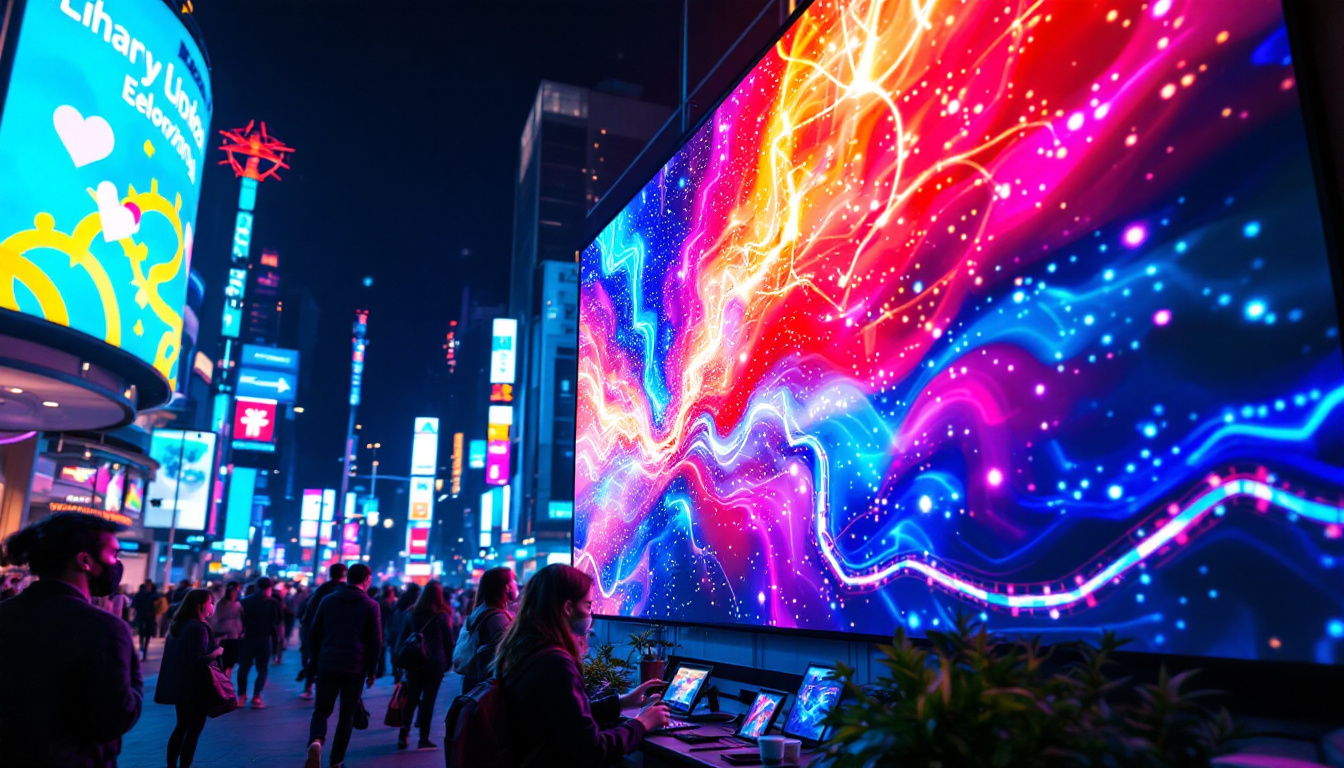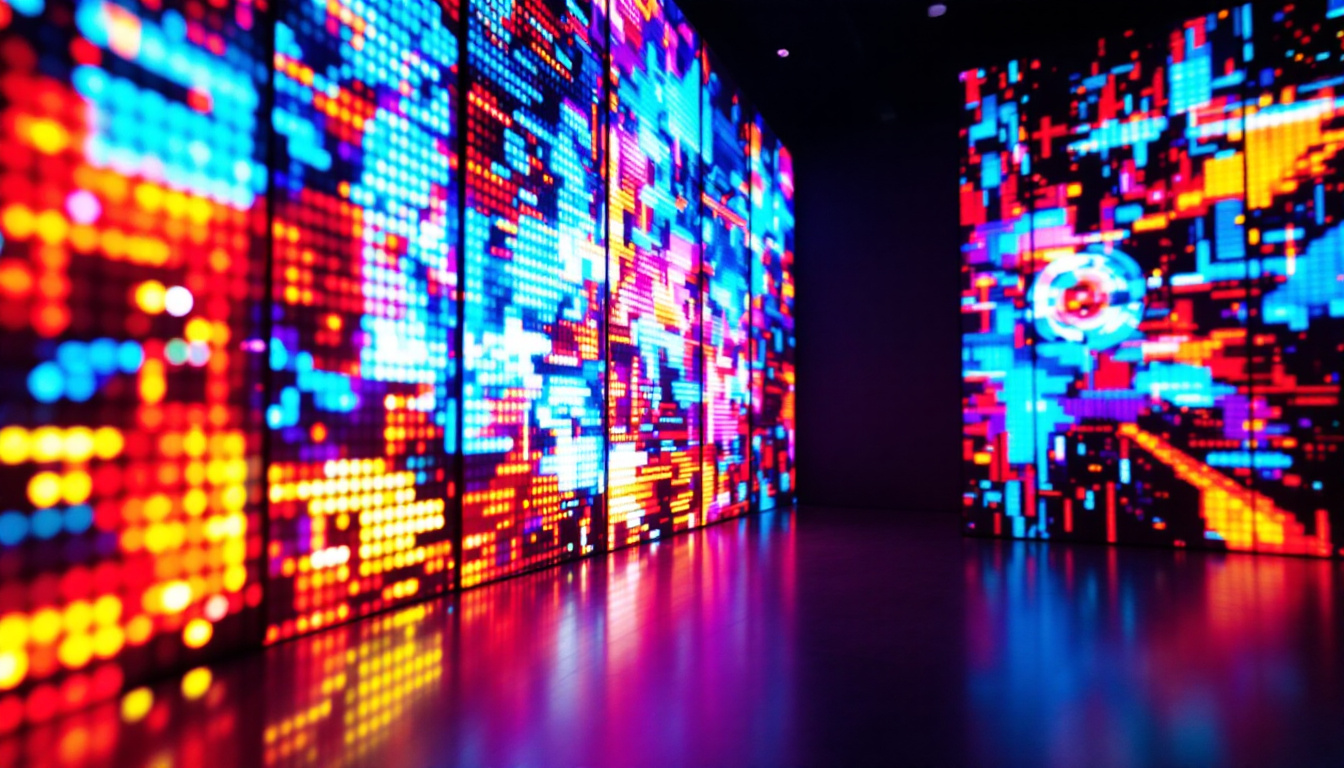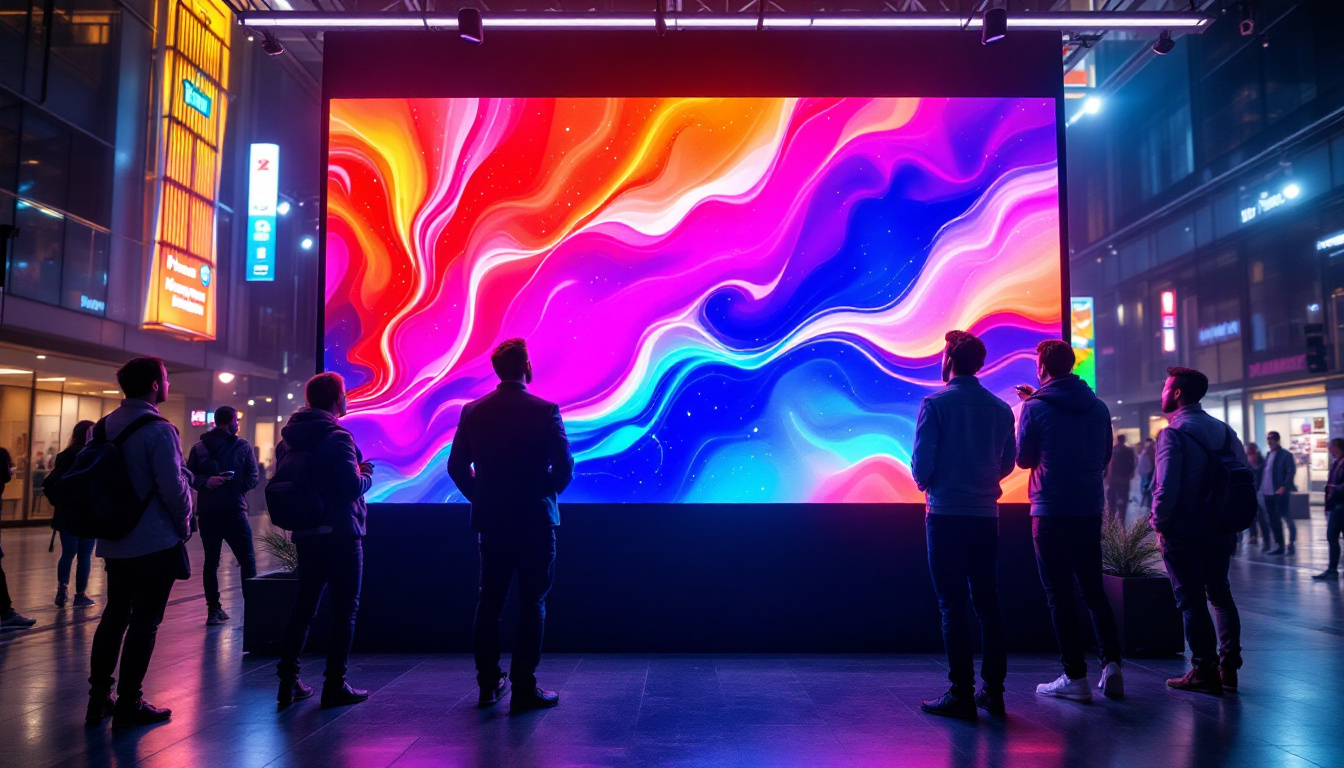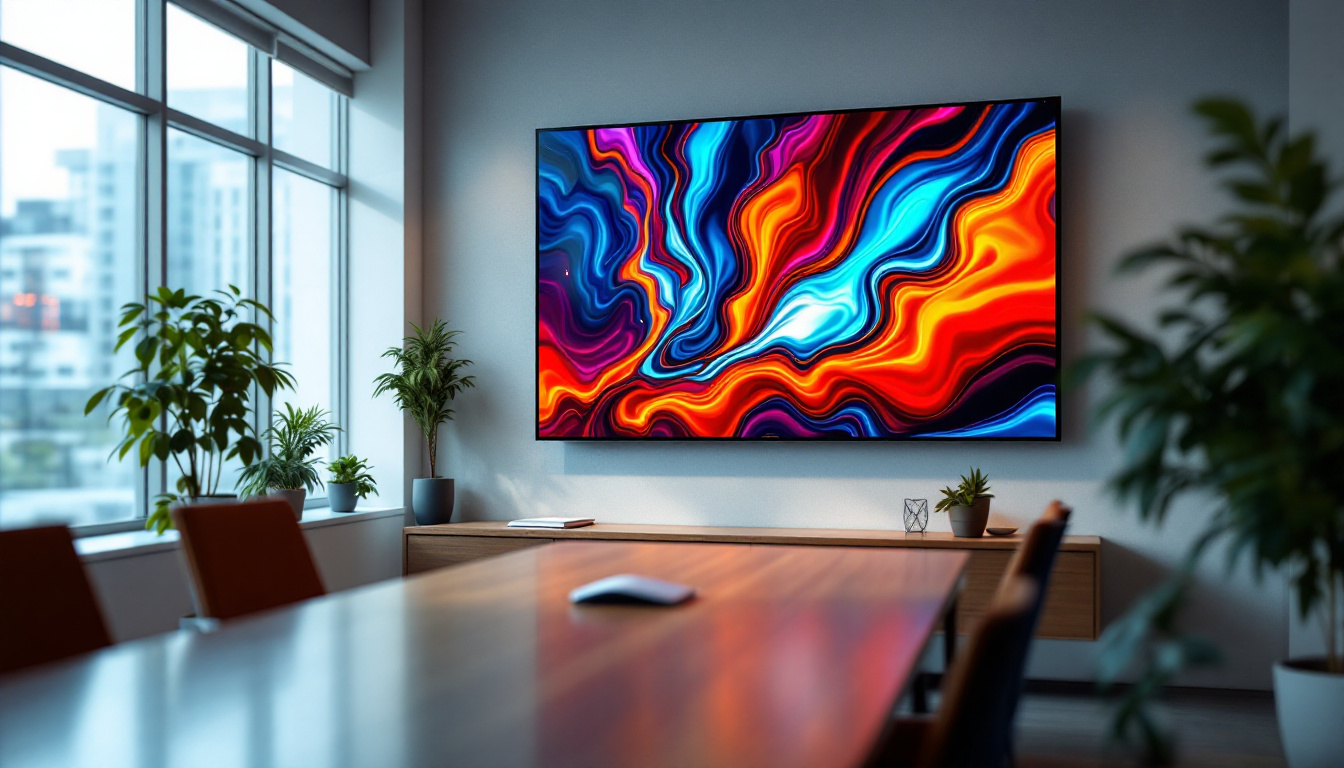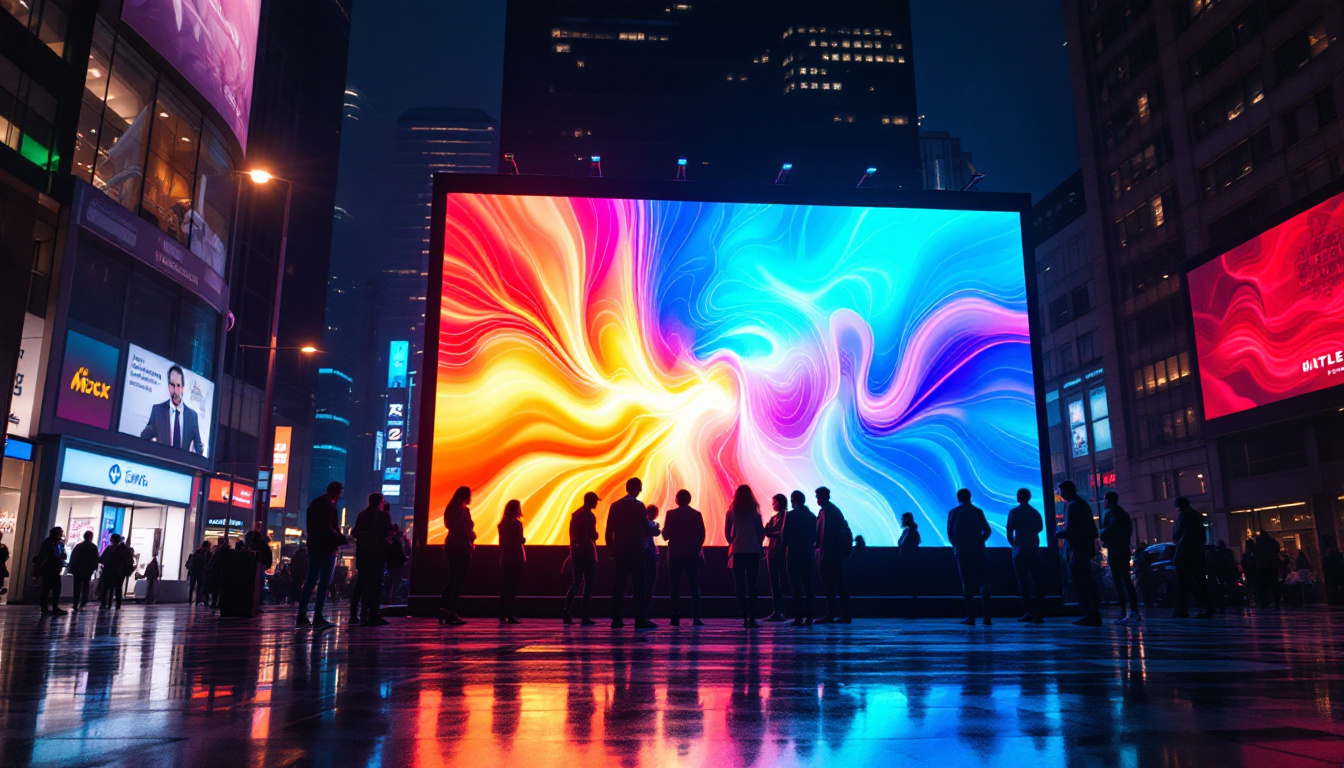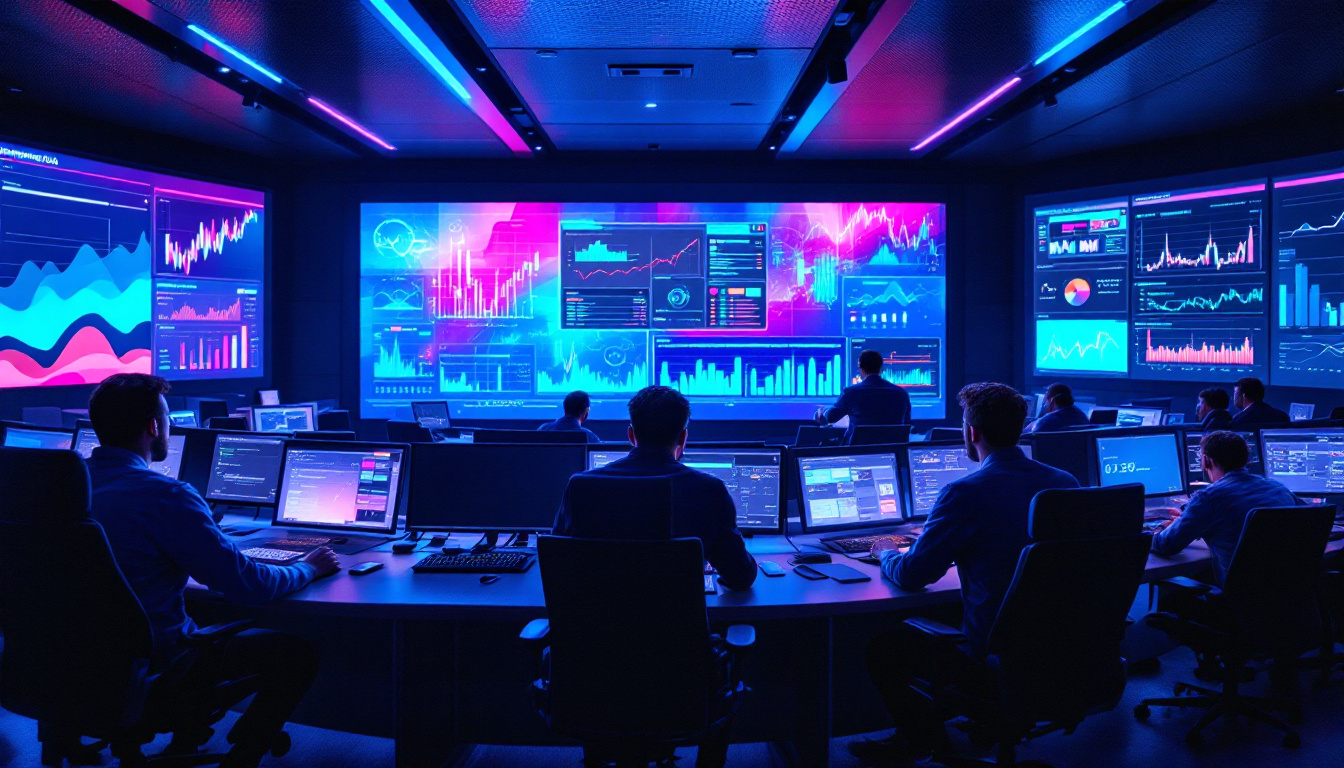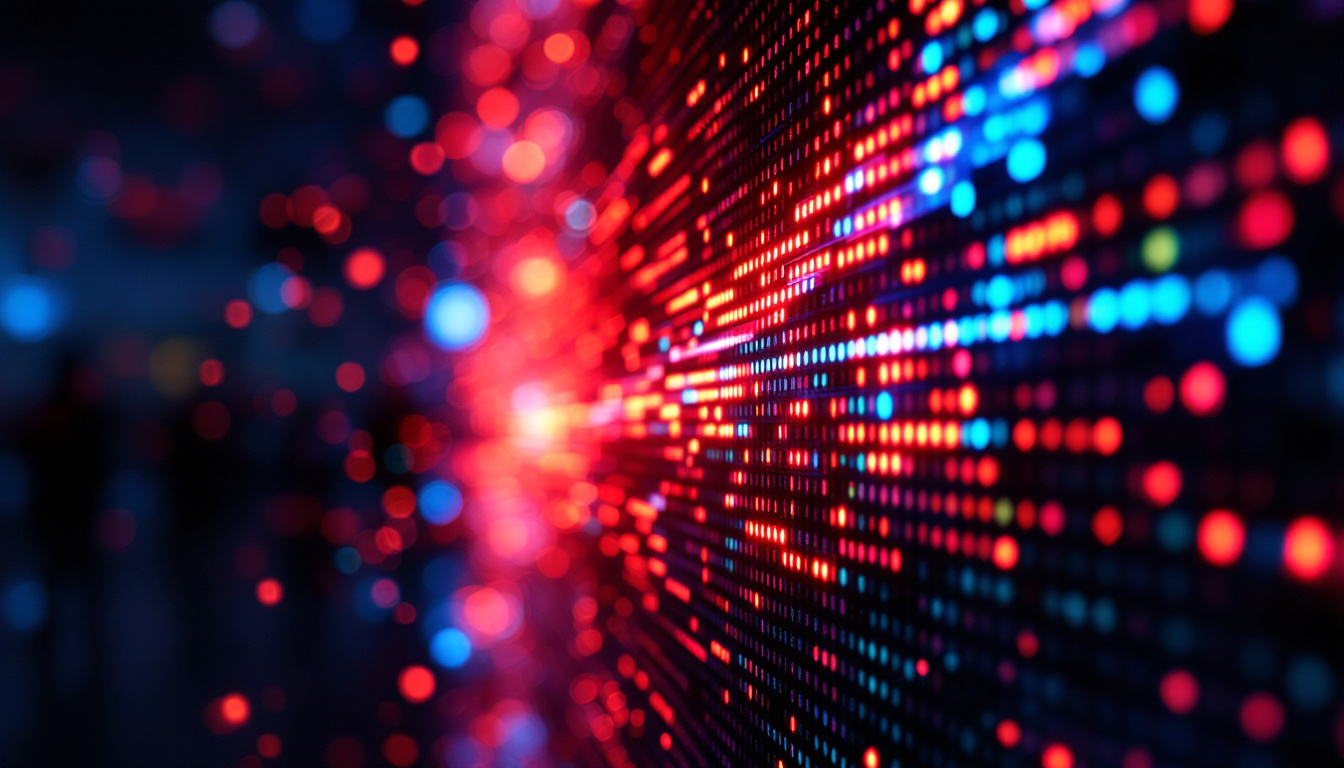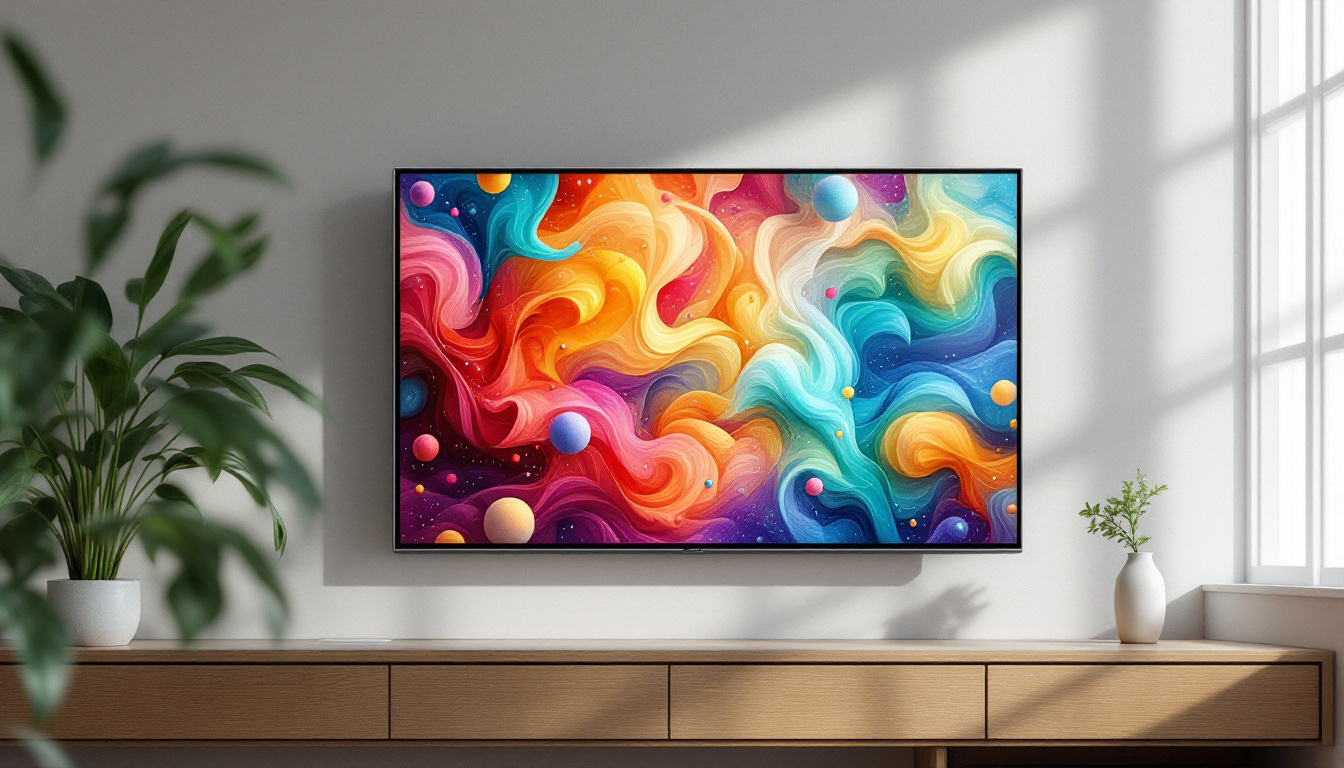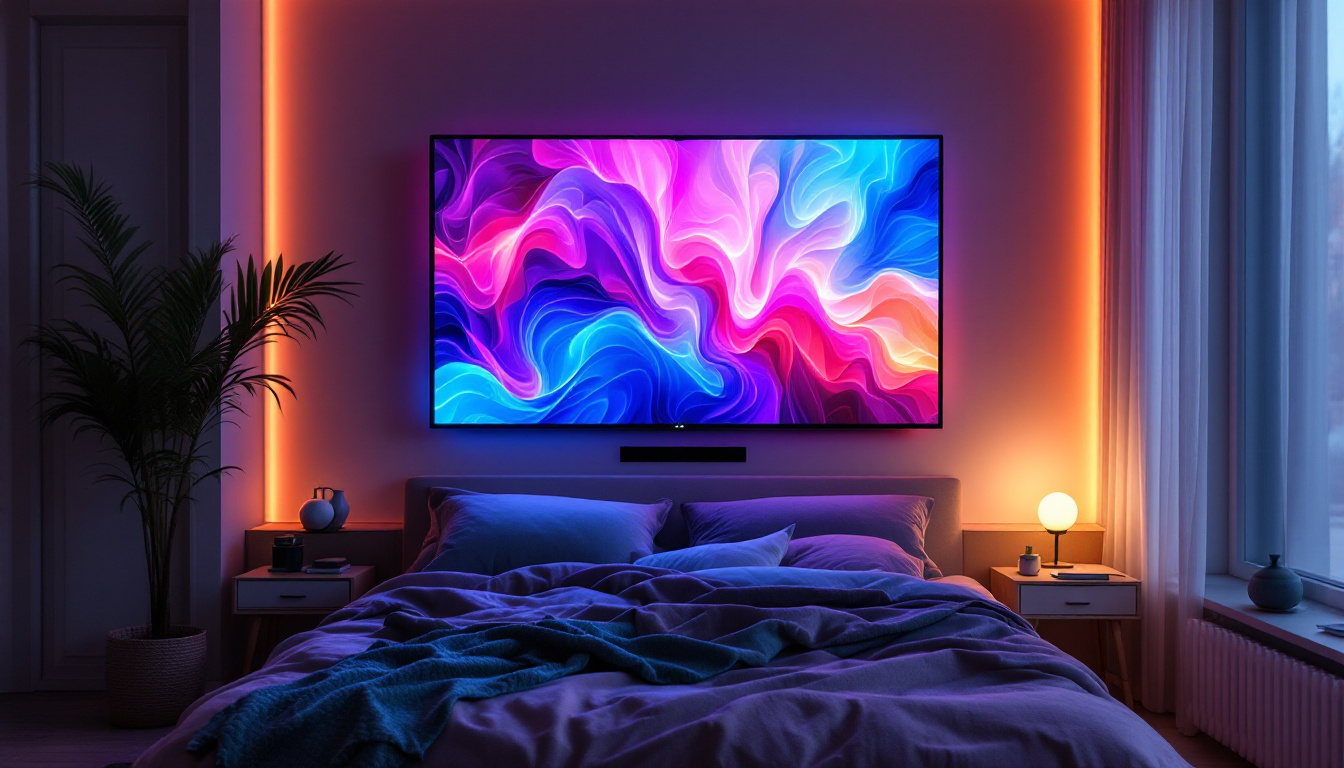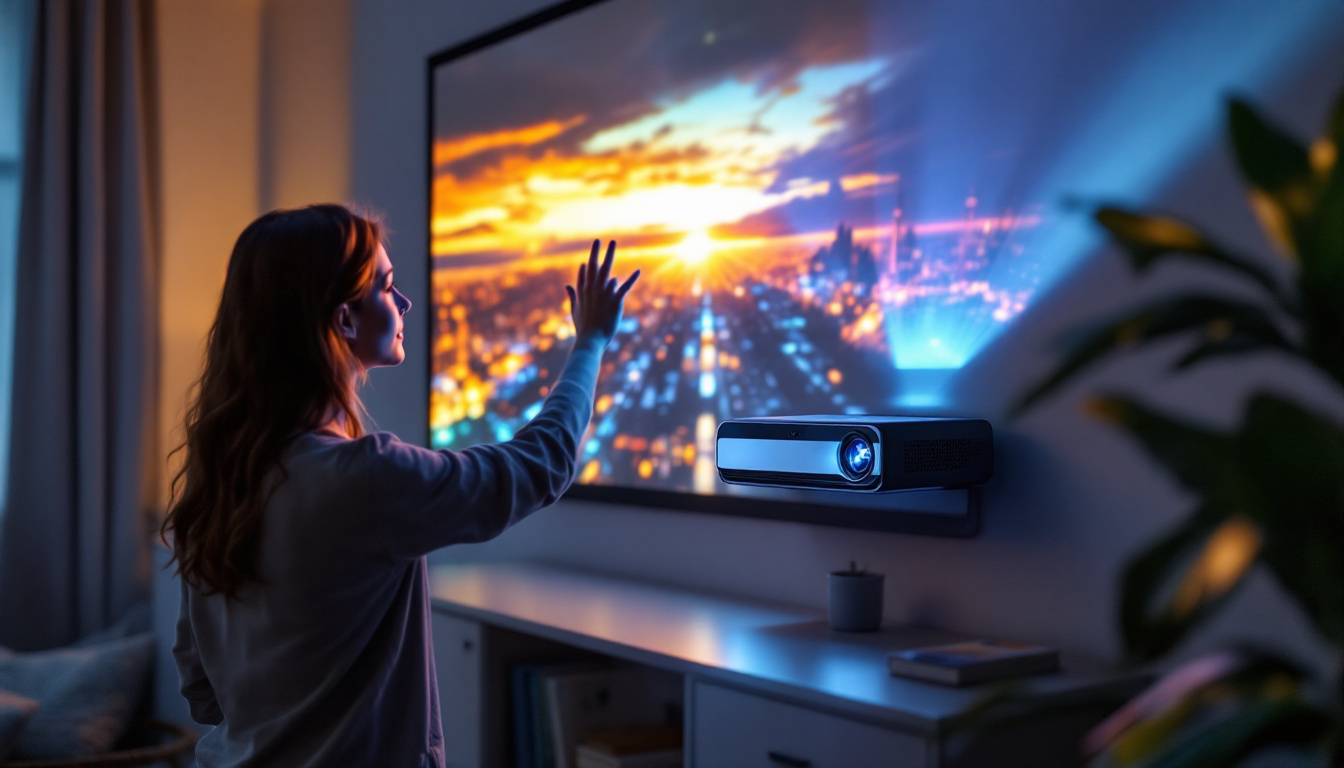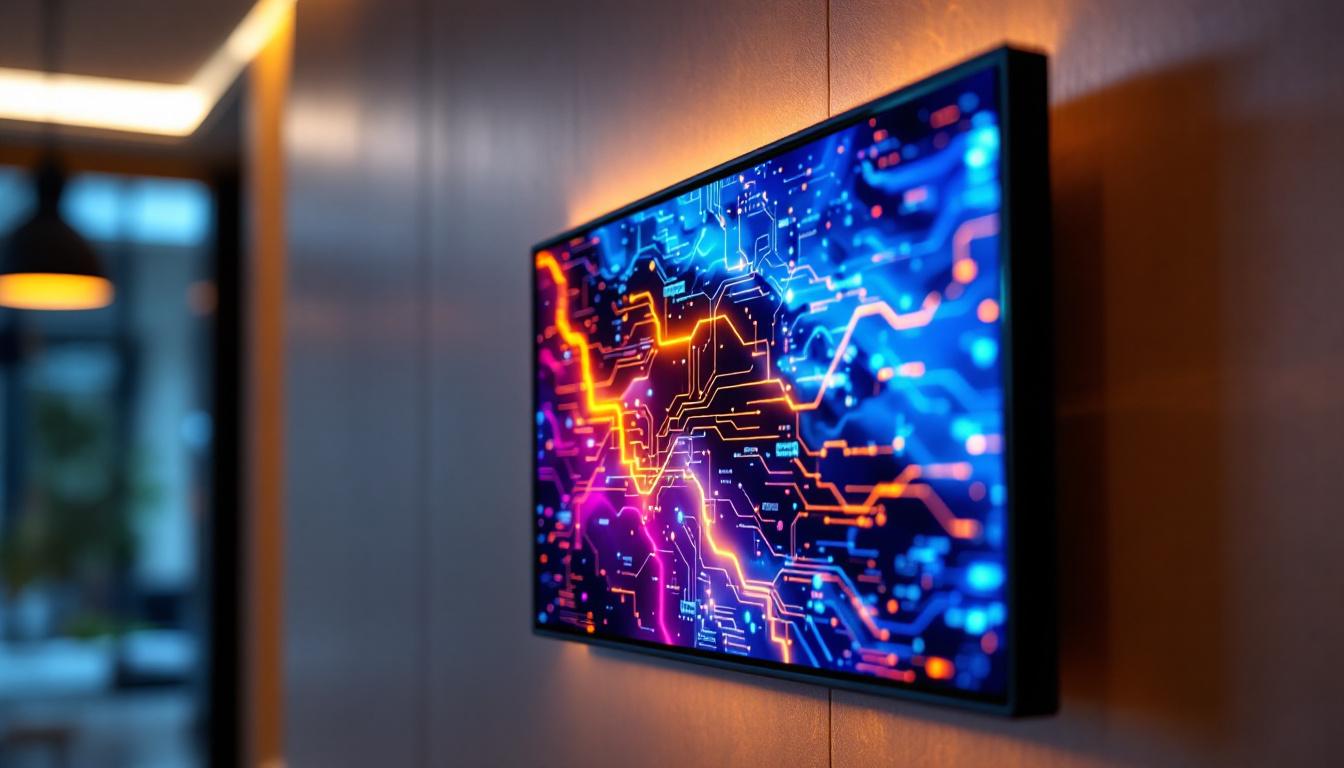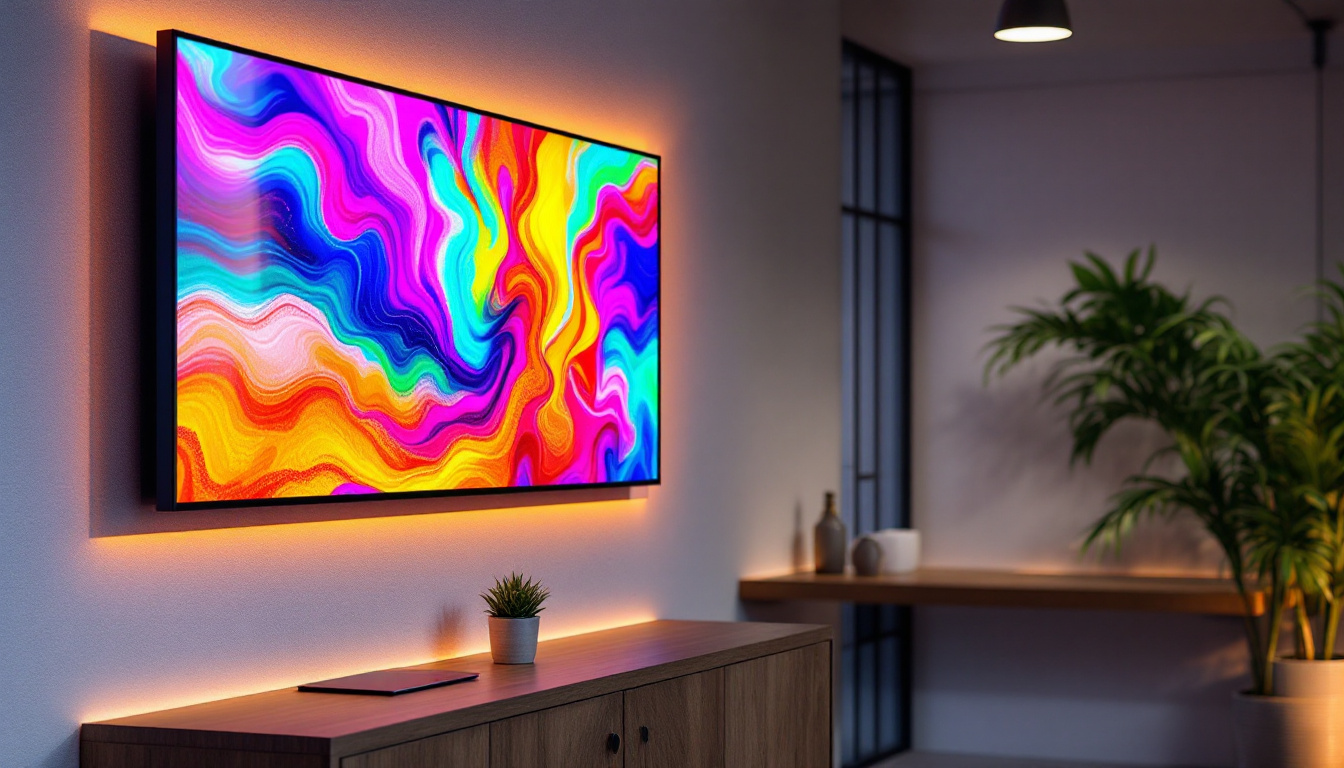In the rapidly evolving world of technology, LED displays have emerged as a transformative force in visual communication. Among the leading companies in this domain is Unilumin, a brand that has established a strong foothold in the USA. This article delves into the intricacies of LED displays, exploring their technology, applications, and the advantages they offer, particularly through the lens of Unilumin’s innovations.
Understanding LED Technology
Light Emitting Diodes (LEDs) are semiconductor devices that emit light when an electric current passes through them. This technology has revolutionized the way displays function, offering brighter, more energy-efficient alternatives to traditional lighting methods. The adoption of LEDs has not only transformed consumer electronics but has also played a significant role in reducing energy consumption globally, leading to a more sustainable future.
The Basics of LED Displays
LED displays consist of an array of individual LEDs that work together to produce images and videos. These displays can be categorized into various types, including direct view LED, LED video walls, and backlit displays. Each type has its unique characteristics and applications, making them suitable for different environments. For instance, direct view LEDs are often used in outdoor advertising due to their high brightness and visibility in sunlight, while backlit displays are common in televisions and computer monitors for their ability to provide uniform lighting across the screen.
The core advantage of LED technology lies in its ability to produce vibrant colors and high contrast ratios, which enhances the viewing experience. Furthermore, LED displays are known for their longevity and durability, making them a cost-effective solution over time. Unlike traditional incandescent bulbs, which have a limited lifespan, LEDs can last up to 25,000 to 50,000 hours, significantly reducing the need for frequent replacements and maintenance.
How LED Displays Work
At the heart of an LED display is the pixel, which is made up of red, green, and blue (RGB) diodes. By varying the intensity of these colors, an LED display can create a wide spectrum of colors. The arrangement of these pixels determines the resolution of the display, with higher resolutions providing sharper and more detailed images. This capability is particularly beneficial in applications such as digital signage, where clarity and detail can significantly impact viewer engagement and message retention.
LED displays can be either passive or active. Passive displays use a single LED for each pixel, while active displays utilize a dedicated driver for each pixel, allowing for more precise control over brightness and color. This distinction is crucial for applications requiring high-quality visuals, such as advertising and entertainment. Moreover, advancements in LED technology have led to the development of flexible and transparent displays, opening up new possibilities for innovative design and integration into various environments, from retail spaces to architectural installations. As the technology continues to evolve, we can expect even more exciting applications and enhancements in the world of LED displays.
Applications of LED Displays
LED displays have found their way into various sectors, transforming how information is presented and consumed. Their versatility makes them ideal for a multitude of applications, ranging from advertising to sports and entertainment.
Advertising and Marketing
One of the most prominent uses of LED displays is in advertising. Digital billboards and storefront displays leverage LED technology to capture the attention of passersby. The ability to change content dynamically allows businesses to tailor their messages to different audiences and times of day, enhancing engagement and driving sales.
Moreover, LED displays can be integrated with social media feeds and real-time data, creating interactive experiences that resonate with consumers. This adaptability is a significant advantage in the fast-paced world of marketing. Brands can also utilize LED displays for targeted campaigns, using data analytics to determine the best times and locations for their advertisements, ensuring maximum visibility and impact.
Sports and Entertainment Venues
In sports arenas and entertainment venues, LED displays play a crucial role in enhancing the spectator experience. From large video screens that broadcast live events to scoreboards that provide real-time updates, LED technology ensures that fans remain engaged and informed.
The high brightness and contrast levels of LED displays make them suitable for outdoor environments, where sunlight can diminish the visibility of traditional screens. This capability has led to a surge in their adoption across stadiums and concert venues, where large audiences gather. Additionally, LED displays can be used for immersive experiences, such as augmented reality applications that enhance the live event atmosphere, allowing fans to interact with the action in innovative ways.
Corporate and Educational Use
LED displays are increasingly being utilized in corporate settings for presentations and meetings. Their ability to deliver high-quality visuals makes them ideal for showcasing products, data, and other important information. In educational institutions, LED displays serve as powerful teaching tools, facilitating interactive learning experiences.
Furthermore, the flexibility of LED displays allows for easy integration into existing infrastructure, making them a practical choice for organizations looking to upgrade their visual communication capabilities. In corporate environments, they can be used for digital signage, displaying important announcements or company news in real-time. In classrooms, they can support collaborative learning by allowing multiple students to share their work simultaneously, fostering a more engaging and participatory educational atmosphere. The potential for customization in both settings ensures that LED displays can meet the specific needs of any organization or institution.
Advantages of Unilumin LED Displays
Unilumin has positioned itself as a leader in the LED display market, offering cutting-edge technology that sets it apart from competitors. The advantages of choosing Unilumin LED displays extend beyond mere aesthetics; they encompass performance, reliability, and user experience.
High-Quality Visuals
One of the standout features of Unilumin LED displays is their exceptional visual quality. With high resolution and vibrant color reproduction, these displays ensure that content is presented in the best possible light. This quality is particularly important in environments where clarity and detail are paramount, such as in advertising and entertainment.
Unilumin employs advanced technologies such as HDR (High Dynamic Range) and wide color gamut to enhance the visual experience further. These innovations allow for deeper blacks and brighter whites, resulting in images that are more lifelike and engaging.
Energy Efficiency
In an age where energy consumption is a significant concern, Unilumin LED displays stand out for their energy efficiency. Utilizing state-of-the-art technology, these displays consume less power compared to traditional lighting solutions, which not only reduces operational costs but also minimizes environmental impact.
The long lifespan of LED displays means that they require fewer replacements, contributing to sustainability efforts. This energy-efficient approach aligns with the growing demand for eco-friendly solutions in various industries.
Robustness and Reliability
Unilumin LED displays are designed to withstand the rigors of both indoor and outdoor environments. With features such as weatherproofing and enhanced durability, these displays can operate effectively in diverse conditions, from scorching heat to heavy rain.
This robustness is vital for applications in outdoor advertising and sports venues, where displays are exposed to the elements. Unilumin’s commitment to quality ensures that their products deliver consistent performance, minimizing downtime and maintenance costs.
Installation and Maintenance Considerations
While the advantages of LED displays are clear, proper installation and maintenance are crucial for ensuring optimal performance. Understanding these aspects can help organizations maximize their investment in LED technology.
Installation Best Practices
When installing an LED display, several factors must be considered, including location, orientation, and mounting. The display should be positioned to minimize glare and maximize visibility, ensuring that the content is easily readable from various angles.
Additionally, the mounting structure must be robust enough to support the weight of the display, especially for larger installations. Engaging experienced professionals for installation can help avoid common pitfalls and ensure that the display operates as intended from the outset.
Routine Maintenance
Regular maintenance is essential for keeping LED displays in top condition. This includes cleaning the screen to remove dust and debris, which can affect image quality. Furthermore, periodic inspections should be conducted to identify any potential issues, such as loose connections or damaged components.
Unilumin provides comprehensive support and maintenance services, ensuring that clients can rely on their displays for years to come. By following recommended maintenance practices, organizations can extend the lifespan of their LED displays and maintain optimal performance.
The Future of LED Displays
The future of LED displays looks promising, with ongoing advancements in technology and design. As industries continue to embrace digital transformation, the demand for high-quality visual solutions is expected to grow.
Emerging Trends
One of the most exciting trends in the LED display market is the development of flexible and transparent displays. These innovations open up new possibilities for creative applications, allowing for unique installations that blend seamlessly into their surroundings.
Additionally, the integration of artificial intelligence and machine learning into LED display technology is set to enhance user experience further. Smart displays that can adapt content based on audience behavior and preferences are on the horizon, promising a more personalized approach to visual communication.
Conclusion
Unilumin LED displays represent the forefront of visual technology, offering unparalleled quality, energy efficiency, and reliability. As industries continue to evolve, the role of LED displays will only become more significant, shaping the way information is conveyed and experienced.
By understanding the technology, applications, and advantages of LED displays, organizations can make informed decisions that enhance their communication strategies. With Unilumin leading the charge, the future of LED displays is bright, paving the way for innovative solutions that captivate and engage audiences worldwide.
Discover LumenMatrix’s Innovative LED Display Solutions
As you consider the future of visual technology and the impact of LED displays, LumenMatrix stands ready to elevate your brand’s presence. Our commitment to innovation ensures that our LED display modules—from Indoor and Outdoor LED Wall Displays to specialized solutions like Vehicle, Sports, and Floor LED Displays—offer superior quality and immersive experiences. Embrace the revolution in visual communication with LumenMatrix’s diverse range of products, including Custom, All-in-One, and Transparent LED Displays, designed to captivate your audience and deliver your message with unparalleled clarity. Check out LumenMatrix LED Display Solutions and see how we can transform your space into a dynamic visual environment.

